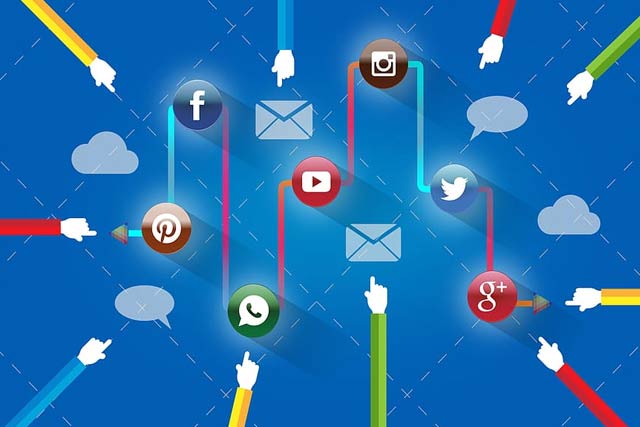Do you get frustrated while trying to locate the social media share buttons in the article or on web pages that you love? I know I do. Then, of course, I quickly give up on the search and move on forward with my day. Honestly, it’s really bad. Business or publisher lost out on some free exposure just because there were no readily visible social icons on the content.
Believe it or not, for all that, there is some discussion amongst experts on whether sites should even bother with share buttons. Some argue that readers rarely use them on desktop and even less frequently on mobile.
Everything depends on what type of product or content you produce and whether you know how to use share buttons properly. As a blogger, I can’t imagine marketing my posts without them. However, we all should learn to utilize sharing icons effectively. But what are the best practices?
Strategies For Using Share Buttons
- According to Coschedule, the upper left-hand corner of your page is the optimum location for placement. This is because people scan pages in a pattern starting in the upper left area. Buttons should appear ‘above the fold’ when someone clicks on your page or post. Let me explain that; they should be visible immediately without a reader scrolling down first.
- As reported in research conducted by Nielsen Norman Group, low numbers offer users negative social proof. Meaning nominal sharing counts may suggest to readers your content is poor quality or weak. Some social sharing tools can hide the number of times a post has been shared until a minimum number is reached. I set my site, so the counts aren’t displayed until my posts have been shared at least ten times.
- Don’t clutter the screen with too many buttons and overwhelm your viewers. Many big-name blogs and online magazines like Huffington Post, Business Insider, and Social Media Examiner, for example, offer four to six buttons at most. And I’m guessing they’ve done their research on this topic!
- Share This recommends you display buttons in order of importance to your target audience. What social channels do your customers prefer? Do they like Twitter more than LinkedIn? If so, put them in that order. And it doesn’t matter if you have an active presence on a particular platform or not. If your clients like it, give them the opportunity to share your content where they want to!
- Use standard buttons instead of custom buttons that match the colors and fonts of your website’s theme. This can be hard for some entrepreneurs to accept because they put a great deal of money and time into branding their business. Then, naturally, they want everything on their site to match. But if buttons blend in with page design, they will become invisible, and readers won’t see or click them. As marketing expert Jeff Bullas states, “Use standard buttons that work.”
- Consider adding call-to-action text to your icons. Some social sharing tools allow you to add words to your buttons. Wordstream suggests you merely ask for what you want. Saying, “Pin This” or “Share on Twitter” might be a great way of increasing social metrics. You can try this method and test which strategy works best for your site.
- Using a floating share bar makes it easy for readers to click on their favorite icon at any time. Floating buttons scroll with you down the page while you read. The folks at Sprout Social believe this is why floating bars have become so popular. I use them on the left-hand side on the desktop and at the bottom of the page on mobile devices.
Related Post: How to Write a Shareable Blog Post Quickly
* Final Thoughts:
There is an abundance of choices for entrepreneurs regarding the use and placement of social share buttons on their blog posts web pages. Hopefully, you will implement a few of the expert tips offered here and grow your business as a result. What do you think? Should your share buttons stand out or blend in with your design? Feel free to comment below.














